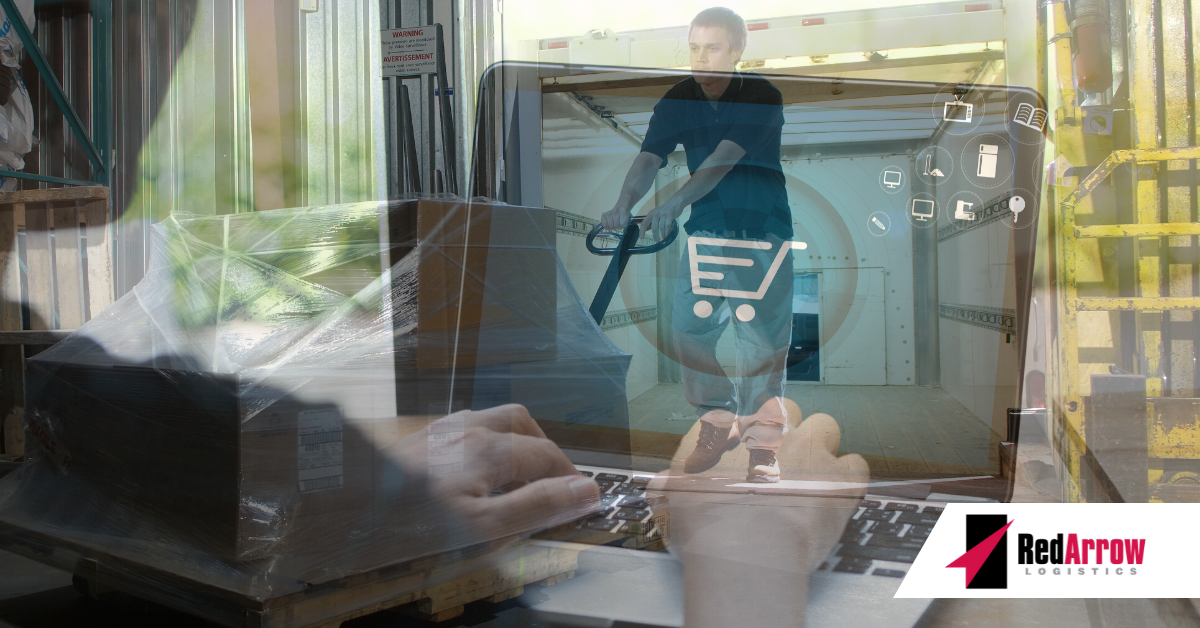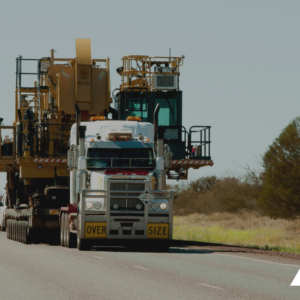The shipping industry has been challenged in recent years, both by e-commerce demands and inconsistencies in freight demand. Many companies front-loaded orders in late 2018 to get ahead of the U.S. imposed tariffs on China so, throughout 2019, these businesses were riding their high inventories. This downturn was further exacerbated by ongoing trade tensions between the U.S. and China. Now with some tariffs lifted and e-commerce stronger than ever, this year might be transformative for the transportation industry.
E-commerce and LTL
The demand for faster fulfillment and shipping has created a shift in the way less-than-truckload carriers do business over the last decade. When e-commerce first began as a way for customers to shop, shipping was barely affected. Not many customers used this as a way to obtain goods, and packages arrived one to two weeks after the order was placed. Customers were fine with that delivery timeframe.
Now that e-commerce is one of the main ways that consumers shop, the LTL landscape has changed drastically. E-commerce has had a huge impact on shipping volumes. Pitney Bowes estimates that 87 billion parcels were shipped worldwide in 2018 and will top 200 billion by 2025. The United States is the biggest parcel spender ($119 billion of $317 billion total). A lot of these packages are sent less-than-truckload.
In response to increased e-commerce demands, LTL carriers expanded their capacity to be able to offer expedited delivery, sometimes within one or two days. E-commerce has changed how businesses use LTL shipping to meet their customers’ demands.
LTL reliance on smaller parcels means there are many options on filling a truck, but also adds more warehousing costs in order to sort and assign to different trucks at certain terminals, or interlining. LTL carriers need to have the capability in their network to be able to take advantage of the economies of scale that come interlining. As e-commerce is reliant on the last-mile delivery, LTL carriers need to utilize technology and cross-docking options. Smaller shipments from e-commerce will continue to increase in volume and frequency of faster delivery.
At Red Arrow Logistics, we have over 50 LTL freight shipping carriers under contract in the US, Canada, and Mexico. We also offer our clients speed to market, lower risk, smaller orders, and most importantly competitive pricing and various service levels to meet your unique freight requirements. Our clients’ have the capability to quote and book their LTL freight online.
What Does 2020 Hold?
The latest e-commerce growth prediction from eMarketer states that global e-commerce sales will increase to 16% of all sales this year, which is a 19% increase over last year. LTL carriers are offering faster delivery, with new distribution models to be able to meet these demands. Pressure from retailers to add service levels in an effort to maintain their customer base means LTL carriers need to be able to keep up.
With higher numbers predicted for this year, LTL shipping will increase too. Having the latest technology-based applications that offer tracking will be one of the factors of those LTL carriers that succeed. Improved technology, Artificial Intelligence (AI), and use of data and tracking will optimize pickup and delivery scheduling as well as routing, making those carriers that have these capabilities in high demand.
The same will hold true for LTL freight. Small and medium-sized businesses with freight that needs to be shipped will turn to LTL carriers to get it done. Even larger items like appliances, electronics, and furniture will need to be delivered as more customers purchase these items online as opposed to retail stores.
LTL and E-commerce Shipping Strategy
Omnichannel retail, which is the ability to service customers along any channel—retail brick and mortar or online, means that companies will need to include LTL in their strategies. An LTL and e-commerce joint strategy mean that shippers will need to combine their approach in order to handle the demand in 2020. The benefits of a joint strategy include:
- Additional time for filling orders
- Fewer paperwork errors
- Efficiency in freight quoting
- Lower carrying costs
As e-commerce continues to grow in 2020, shippers and carriers will need to work together in order to maximize the ability of carriers to be able to meet retailers/customer demands. With many other outside global factors influencing LTL shipping, the continued growth of e-commerce will help it rebound this year.
Your Trusted Partner
At Red Arrow Logistics, we provide expertise and white glove customer service with fast-growing, complex, and high-value supply chains. As the next-generation model of logistics companies, we offer tailored transportation and logistics solutions — from single shipments to complex over-dimensional and international orders.
Red Arrow offers the scale and scope of services including air, ocean, and ground transportation to meet the budget and schedule requirements of the largest and smallest companies alike. If we can be of assistance, please email us at info@redarrowlogistics.com or give us a call at 425-747-7914.





